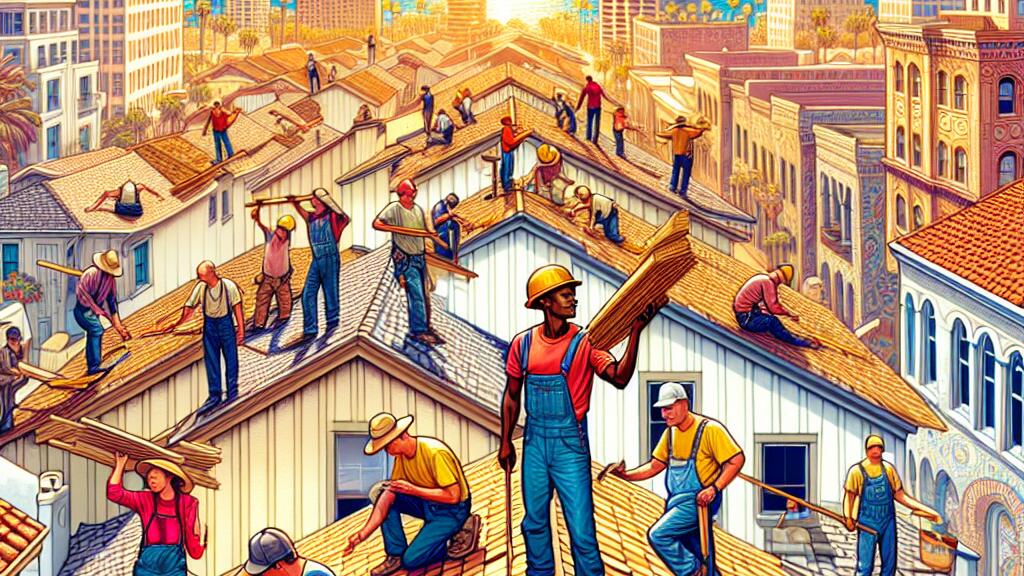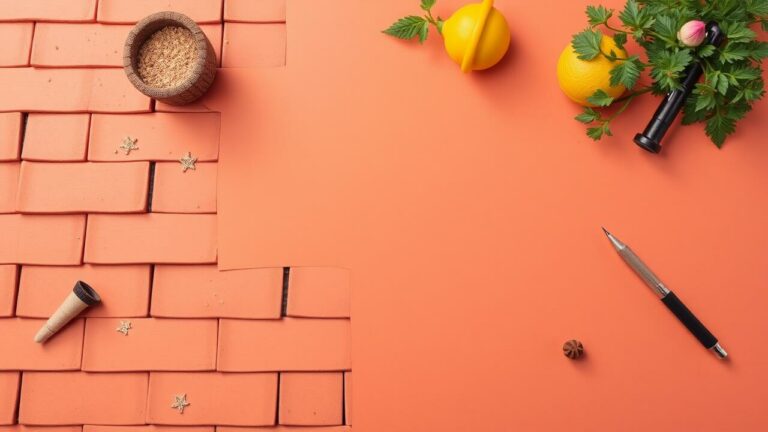Why Roof Maintenance is Essential
Compliance with Warranty Requirements
Regular roof maintenance is crucial to comply with warranty requirements set forth by roofing manufacturers. Failing to adhere to the maintenance guidelines outlined in the warranty can result in voiding the warranty, leaving the property owner financially responsible for any repairs or replacements.
Most roofing warranties require regular inspections and maintenance by a professional roofing contractor. By staying proactive and keeping up with these maintenance tasks, property owners can ensure that their roofs remain in good condition and that they are covered in case of any unexpected issues. It is essential to review the specific warranty terms and fulfill all the necessary requirements to protect the investment in the roof and the property as a whole.
Meeting Manufacturer’s Guidelines
Following the manufacturer’s guidelines for roof maintenance is crucial to ensuring the longevity and performance of your roofing system. Manufacturers have specific recommendations on how to care for their products, and failing to adhere to these guidelines can void your warranty. By staying compliant with the manufacturer’s instructions, you protect your investment and guarantee that any potential issues will be covered under warranty.
Regular inspections and maintenance that align with the manufacturer’s guidelines also help in detecting any early signs of damage or wear. Timely repairs and upkeep can prevent minor issues from escalating into major problems that may compromise the integrity of your roof. Adhering to the manufacturer’s recommendations demonstrates your commitment to the care and maintenance of your roof, ensuring it remains in top condition for years to come.
Preventing Water Damage
Preventing water damage is a crucial aspect of roof maintenance that should not be overlooked. By regularly inspecting and maintaining your roof, you can avoid costly issues such as leaks and mold growth. Water infiltration can weaken the structure of your roof over time, leading to potential safety hazards and extensive repairs.
To prevent water damage, it is essential to address any signs of wear and tear on your roof promptly. Timely repairs and maintenance can help maintain the integrity of your roof and prolong its lifespan. Additionally, ensuring proper drainage and keeping gutters clean can help direct water away from your roof, minimizing the risk of water damage.
Avoiding Leaks and Mold
To avoid leaks and mold in your building, regular roof maintenance is crucial. Leaks can occur due to various reasons such as damaged shingles, improper flashing, or clogged gutters. These issues, if left unattended, can lead to water seepage into the building, causing damage to the interior structures and promoting mold growth.
Mold is not only unsightly but also poses serious health risks to occupants. Mold spores can spread throughout the building through the HVAC system, affecting indoor air quality and triggering respiratory issues. By ensuring your roof is properly maintained and any potential leaks are promptly addressed, you can create a healthier and safer environment for everyone inside the building.
Improving Indoor Comfort
Having a well-maintained roof plays a crucial role in enhancing the indoor comfort of your home or building. Proper ventilation is key to ensuring that your living or working space remains cool during hot summer days and warm during chilly winter nights. A functional roof with adequate insulation helps regulate indoor temperature, creating a cozy and comfortable environment for occupants all year round.
In addition to temperature regulation, a well-maintained roof also contributes to better air quality inside the building. Ensuring that your roof is free from leaks and mold growth prevents moisture buildup, which can lead to the proliferation of harmful airborne particles. By maintaining your roof in good condition, you help promote a healthy indoor environment that is conducive to overall well-being and comfort.
Proper Ventilation
Proper ventilation is a critical aspect of maintaining a healthy and efficient roofing system. It facilitates the circulation of air, preventing moisture buildup and reducing the risk of mold and mildew formation. In addition, adequate ventilation helps regulate indoor temperatures, contributing to improved comfort levels within the building.
Without proper ventilation, trapped heat in the attic or roof space can lead to premature deterioration of roofing materials. This deterioration can result in costly repairs or even the need for a full roof replacement. By ensuring that your roof is adequately ventilated, you can extend its lifespan and preserve its structural integrity, ultimately saving you time and money in the long run.
Sustainable Roofing Practices
When it comes to sustainable roofing practices, using environmentally friendly materials and installation methods is key. Opting for materials that are recyclable or made from recycled content helps reduce the overall carbon footprint of your roof. Additionally, choosing energy-efficient roofing materials can contribute to reducing energy consumption in your home, leading to cost savings and a decreased impact on the environment.
Incorporating sustainable practices such as proper insulation and reflective coatings can also help regulate indoor temperatures more effectively, reducing the need for excessive heating or cooling. This not only enhances the overall comfort of your living space but also contributes to energy conservation. By prioritizing sustainable roofing practices, you can create a more eco-friendly and efficient home environment that benefits both your household and the planet.
Environmental Impact
The environmental impact of proper roof maintenance is significant in terms of sustainability and reducing the carbon footprint. By ensuring that roofs are well-maintained and free from leaks, the need for premature roof replacement is minimized, which in turn reduces waste generated from old roofing materials ending up in landfills. Additionally, well-maintained roofs contribute to improving energy efficiency within buildings, leading to lower energy consumption and greenhouse gas emissions.
Incorporating sustainable roofing practices such as using recycled materials, cool roofs, and green roofing systems can further enhance the environmental benefits of roof maintenance. Not only do these practices help in conserving natural resources, but they also aid in mitigating the urban heat island effect and reducing energy usage for cooling. Overall, prioritizing the environmental impact of roof maintenance not only benefits the building occupants but also contributes to a more sustainable and eco-friendly future.
FAQS
Why is roof maintenance important?
Roof maintenance is important to ensure the longevity and durability of your roof, as well as to prevent costly repairs and replacements in the future.
How often should roof maintenance be performed?
It is recommended to have your roof inspected and maintained at least twice a year, ideally in the spring and fall, to address any potential issues before they escalate.
What are the consequences of neglecting roof maintenance?
Neglecting roof maintenance can lead to water damage, leaks, mold growth, decreased energy efficiency, and ultimately compromise the structural integrity of your home.
Can roof maintenance help prevent water damage?
Yes, regular roof maintenance can help identify and address potential areas of water intrusion, such as damaged shingles or improper flashing, before they result in water damage to your home.
How can proper roof maintenance improve indoor comfort?
Proper roof maintenance, including ensuring adequate ventilation and insulation, can help regulate indoor temperatures, improve energy efficiency, and enhance overall comfort levels within your home.







